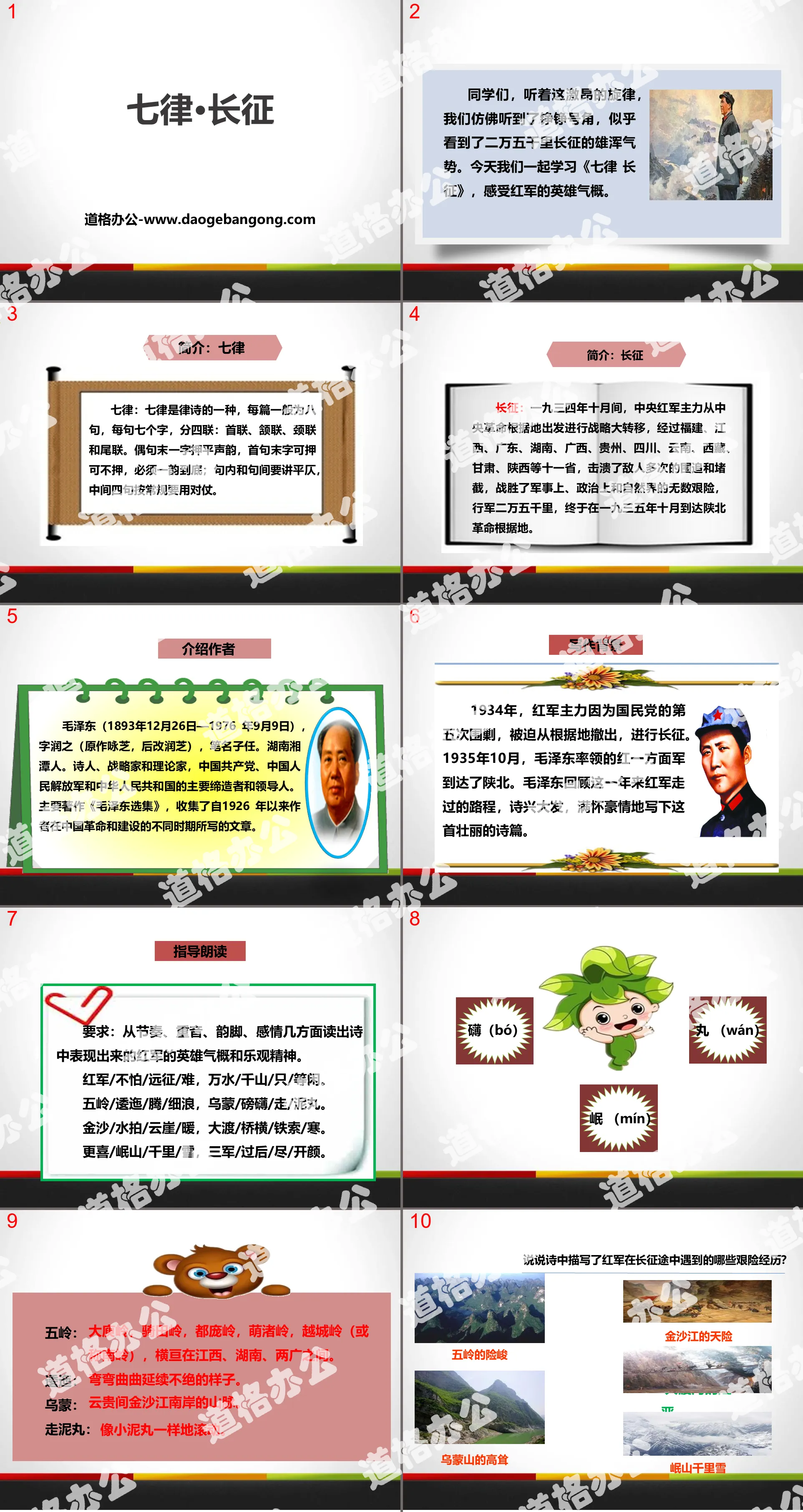The second volume of first-grade Chinese compiled by the People's Education Publishing House
The second volume of fifth-grade Chinese compiled by the People's Education Publishing House
The first volume of Chinese language for eighth grade compiled by the People's Education Publishing House
The first volume of first-grade Chinese compiled by the People's Education Publishing House
The first volume of ninth-grade Chinese compiled by the People's Education Publishing House
The first volume of fourth-grade Chinese compiled by the People's Education Publishing House
The first volume of Chinese language for sixth grade compiled by the People's Education Publishing House
The first volume of second-grade Chinese compiled by the People's Education Publishing House
The second volume of Chinese language for eighth grade compiled by the People's Education Publishing House
Hunan Education Edition Third Grade Chinese Language Volume 1
The second volume of seventh-grade Chinese compiled by the People's Education Publishing House
The second volume of fourth-grade Chinese compiled by the People's Education Publishing House
The second volume of Chinese language for sixth grade compiled by the People's Education Publishing House
The first volume of Chinese language for fifth grade compiled by the People's Education Publishing House
Western Normal University Edition Third Grade Chinese Language Volume 1
The second volume of second-grade Chinese compiled by the People's Education Publishing House

| Category | Format | Size |
|---|---|---|
| People's Education Press Chinese Language for Sixth Grade Volume 1 | pptx | 6 MB |
Description
"Seven Laws·Long March" PPT download
Part One: Introduction of New Course
Classmates, listening to this passionate melody, we seem to hear the clanging horns and see the majestic momentum of the 25,000-mile Long March. Today we will study "Seven Rules of the Long March" together and feel the heroic spirit of the Red Army.
Introduction: Seven Laws
Qilu: Qilu is a type of rhythmic poem. Each poem is generally eight sentences, each sentence has seven characters, and is divided into four couplets: the first couplet, the chin couplet, the neck couplet and the last couplet. The last word of the even sentence rhymes with flat tones, and the last word of the first sentence may or may not rhyme, but must rhyme to the end; both within and between sentences must be flat and oblique, and the four sentences in the middle must use antithesis as usual.
Introduction: Long March
Long March: In October 1934, the main force of the Central Red Army departed from the Central Revolutionary Base for a strategic shift and passed through eleven provinces including Fujian, Jiangxi, Guangdong, Hunan, Guangxi, Guizhou, Sichuan, Yunnan, Tibet, Gansu, and Shaanxi. , defeated many enemy pursuits and interceptions, overcame countless military, political and natural difficulties, marched 25,000 miles, and finally arrived at the northern Shaanxi revolutionary base in October 1935.
Qilu·Long March, Part 2: Introduction of the author
Mao Zedong (December 26, 1893 - September 9, 1976), whose nickname was Runzhi (originally Yongzhi, later changed to Runzhi), and his pen name Ziren. A native of Xiangtan, Hunan. Poet, strategist and theorist, the main founder and leader of the Communist Party of China, the Chinese People's Liberation Army and the People's Republic of China. The main work "Selected Works of Mao Zedong" collects articles written by the author during different periods of China's revolution and construction since 1926.
writing background
In 1934, due to the Kuomintang's fifth encirclement and suppression campaign, the main force of the Red Army was forced to withdraw from the base area and embark on the Long March. In October 1935, the Red Army led by Mao Zedong arrived in northern Shaanxi. Mao Zedong looked back on the journey the Red Army had traveled over the past year, became inspired by poetry, and wrote this magnificent poem with great pride.
Qilu·Long March, Part 3: Analysis of Poetry and Prose
"The Red Army is not afraid of the difficulties of the expedition, and it only waits for thousands of rivers and mountains."
(1) What kind of spirit does it describe about the Red Army?
It highly summarizes the unprecedented heroism and indomitable courage displayed by the Red Army during the entire Long March under the leadership of Mao Zedong and the Party Central Committee.
(2) Which words summarize the difficulties encountered by the Red Army?
Which words were used to answer the Red Army's performance in the face of hardships?
From the initial "not afraid" and "just take it easy" to the final "more joyful" and "full of joy", what can we understand the emotional tone of the whole poem?
"The five mountains are meandering and the waves are flowing, and the clouds are majestic and the mud balls are moving."
How does the use of "winding" and "majestic" here describe the situation faced by the Red Army when they crossed such high mountains?
But in the eyes of us Red Army soldiers, is this difficulty big or small? Where can I tell?
It is small. Here, Chairman Mao vividly used the technique of exaggeration, deliberately reducing the visual proportions of people and making such a big mountain "seem" smaller. It is precisely this that reflects the tall image of the Red Army soldiers who dare to defy and overcome all difficulties.
It can be seen from "Teng Xilang" and "Zou Ni Wan". "Teng" highlights the galloping momentum. "Go" highlights the galloping appearance.
Qilu·Long March, Part 4: Summarize the center of this article:
This poem is a majestic and majestic revolutionary epic. It vividly summarizes the glorious battle course of the Red Army's Long March, enthusiastically praises the Chinese workers' and peasants' Red Army's fearless, brave and tenacious revolutionary heroism and revolutionary optimism, and fully demonstrates the incomparable vitality of the revolutionary force led by the Communist Party of China. and combat effectiveness.
Qilu·Long March, Part 5 Content: Writing Features:
(1) High degree of artistic generalization: A. This poem uses "thousands of rivers and mountains" as a clue throughout the entire poem, highlighting the spirit of the Long March by capturing typical scenes and examples; B. Narrating typical scenes and historical facts during the Long March based on the true sequence of life , embodying emotions in the scene and blending the scenes (except for the direct lyricism of the first couplet) - "Teng" and "Zou" use movement to describe stillness, "Warm" and "Cold" give emotional color to the cloud cliff and the iron rope, and "Gengxi" and "Kai Yan" will The appearance of snow-capped mountains blends with the feelings of the Red Army.
(2) This poem skillfully uses the exaggeration technique - jaw couplet, which reflects the poet's unique imagination, broad mind and heroic spirit, and reflects the revolutionary romantic style of the poem.
What inspirations did the students gain from studying this lesson?
Today's happy life is hard-won and we should cherish it even more. In study and life, we will inevitably encounter various difficulties, but as long as we have firm beliefs and continue to motivate and inspire ourselves with the spirit of the Red Army's Long March, we will surely be able to overcome all difficulties.
Seven Rules·Long March, Part Six: Classroom Exercises
1. Pronounce the following words in red font.
Winding ( ) ( ) Majestic ( )
2. There are two couplets in this seven-character rhymed poem that use the technique of parallelism to make the sentences neat and symmetrical, read catchy, and are full of musical beauty. These two verses are ( )
A. The first couplet and the chin couplet B. The chin couplet and the neck couplet
C. First couplet and tail couplet D. Neck couplet and tail couplet
3. The couplets are short in form and concise in diction. They are not only a vivid form of artistic expression, but also an excellent cultural heritage. Please combine "Seven Laws and the Long March" in the form of a couplet and write the second line of the following couplet.
First couplet: Soar across five ridges and cross Wumeng, trample through thousands of mountains
Second line: Capture the golden sands to seize Luding, while thousands of rivers are at leisure
Qilu·Long March, Part 7: Homework
1. Recite and write the text silently.
2. Read or watch storybooks, movies and TV shows about the Red Army’s Long March.
Keywords: Free download of Chinese PPT courseware for the first volume of the sixth grade of the People's Education Press, Qilu PPT download, Long March PPT download, .PPT format;
For more information about the "Seven Laws Long March" PPT courseware, please click the "Seven Laws ppt Long March ppt" tab.
"Seven Laws·Long March" PPT free download:
Free PPT download of "Seven Laws of the Long March" Part One: Writing Background Students, in 1933, the Kuomintang reactionaries launched their fifth encirclement and suppression campaign against the Central Revolutionary Base Area with a force of 500,000 troops. In order to crush the enemy's attack, the Workers' and Peasants' Red Army led by the Communist Party of China launched in October 1934..
"Seven Laws·Long March" PPT teaching courseware:
"Seven Laws of the Long March" PPT teaching courseware Part One: Introduction of the new course Mao Zedong, courtesy name Runzhi, was born on December 26, 1893 in a peasant family in Shaoshanchong, Xiangtan, Hunan. Died in Beijing on September 9, 1976. Leader of the Chinese people, Marxist, great...
"Long March" excerpt PPT:
"Long March" Excerpt PPT Part One: Text Introduction There is a story that happened when the Red Army was crossing the grassland during the Long March. It is called "The Golden Fish Hook". Does anyone know this story? Ask students to tell this touching story about what happened when the Red Army crossed the grass. It's so touching...
File Info
Update Time: 2024-10-05
This template belongs to Chinese courseware People's Education Press Chinese Language for Sixth Grade Volume 1 industry PPT template
"Seven Laws·Long March" PPT download Simple campus recruitment activity planning plan summary enterprise and institution recruitment publicity lecture PPT template is a general PPT template for business post competition provided by the manuscript PPT, simple campus recruitment activity planning plan summary enterprise and institution recruitment promotion Lecture PPT template, you can edit and modify the text and pictures in the source file by downloading the source file. If you want more exquisite business PPT templates, you can come to grid resource. Doug resource PPT, massive PPT template slide material download, we only make high-quality PPT templates!
Tips: If you open the template and feel that it is not suitable for all your needs, you can search for related content "Seven Laws·Long March" PPT download is enough.
How to use the Windows system template
Directly decompress the file and use it with office or wps
How to use the Mac system template
Directly decompress the file and use it Office or wps can be used
Related reading
For more detailed PPT-related tutorials and font tutorials, you can view: Click to see
How to create a high-quality technological sense PPT? 4 ways to share the bottom of the box
Notice
Do not download in WeChat, Zhihu, QQ, built-in browsers, please use mobile browsers to download! If you are a mobile phone user, please download it on your computer!
1. The manuscript PPT is only for study and reference, please delete it 24 hours after downloading.
2. If the resource involves your legitimate rights and interests, delete it immediately.
3. Contact information: service@daogebangong.com
"Seven Laws·Long March" PPT download, due to usage restrictions, it is only for personal study and reference use. For commercial use, please go to the relevant official website for authorization.
(Personal non-commercial use refers to the use of this font to complete the display of personal works, including but not limited to the design of personal papers, resumes, etc.)
Preview










